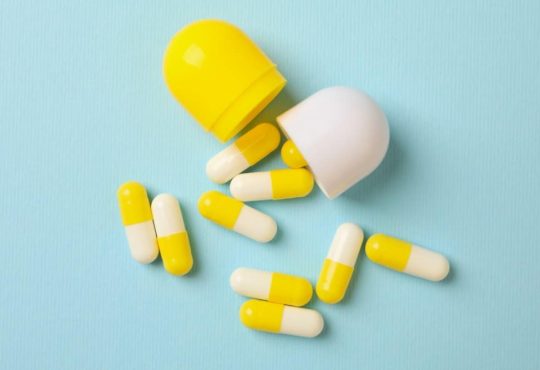
Teeth are one of the most important but often overlooked parts of our bodies. Taking care of your teeth sets you up for longstanding health and helps you avoid costly and unpleasant dental procedures.
But unfortunately, taking care of your teeth is often more difficult than taking care of other parts of your body. While the daily acts of brushing and flossing can go a long way towards helping you maintain good dental health, there’s inevitably some wear and tear.
Eating acidic foods, grinding your teeth, or lacking key minerals in your diet can lead to erosion, regardless of how thoroughly you clean your teeth.
But with modern science, we may soon be able to reverse this process.
What is Enamel
The outer layer of your teeth, the enamel, is a mineral structure that wraps the underlying nerves.
Enamel is the hardest substance in the human body. Its mineral structure makes it ideal for protecting your teeth and allowing you to chew all manner of things.
But that hardness doesn’t mean enamel is impervious. The crystalline structure can lose its integrity when exposed to acid.
Since many foods and drinks are acidic, enamel almost always wears away over time.
When this happens, the underlying dentin is exposed, leading to tooth sensitivity.
Additionally, worn enamel makes it easier for bacteria to grow, leading to further erosion, cavities, and tooth decay.
Once enamel wears away, there’s nothing to be done short of crowning a tooth or replacing it with an implant.
Will We Ever Be Able to Grow New Enamel?
Growing new enamel would be a huge medical breakthrough. Not only would it make the entire field of dentistry enormously more effective, but it would also bring practitioners and scientists tons of economic reward.
It’s no surprise then that numerous scientists have worked on new solutions that might one day allow us to regrow enamel.
One such instance comes out of China. Back in 2019, Chinese scientists developed a gel that could potentially regrow enamel.
The gel works by binding to the mineral structure of enamel, forming new crystals within the structure. In effect, this builds back lost enamel.
While the gel worked extremely well in a simulated mouth, the technology still has a way to go before it’s ready for human use. One of the essential ingredients is quite toxic to humans, meaning that scientists will have to find a way around that toxicity if this technology is to catch on.
Another potential solution comes in the form of a lozenge. Scientists at the University of Washington have developed a hard candy that binds to teeth as it dissolves, depositing new minerals into the enamel.
While the technology has only been tested in lab settings, human trials are in the works, meaning we could soon have a lozenge that would regrow worn-down teeth.
Conclusion
Dental health is a crucial component of your quality of life. Worn down enamel can lead to cavities and tooth sensitivity, and once it’s gone, there’s little we can do about it.
But just like with artificial intelligence and virtual reality, science is working hard on developing new technologies that will change how we handle our dental health.
With patience, persistence, and a bit of luck, we just might be able to regrow enamel sometime in the near future.




